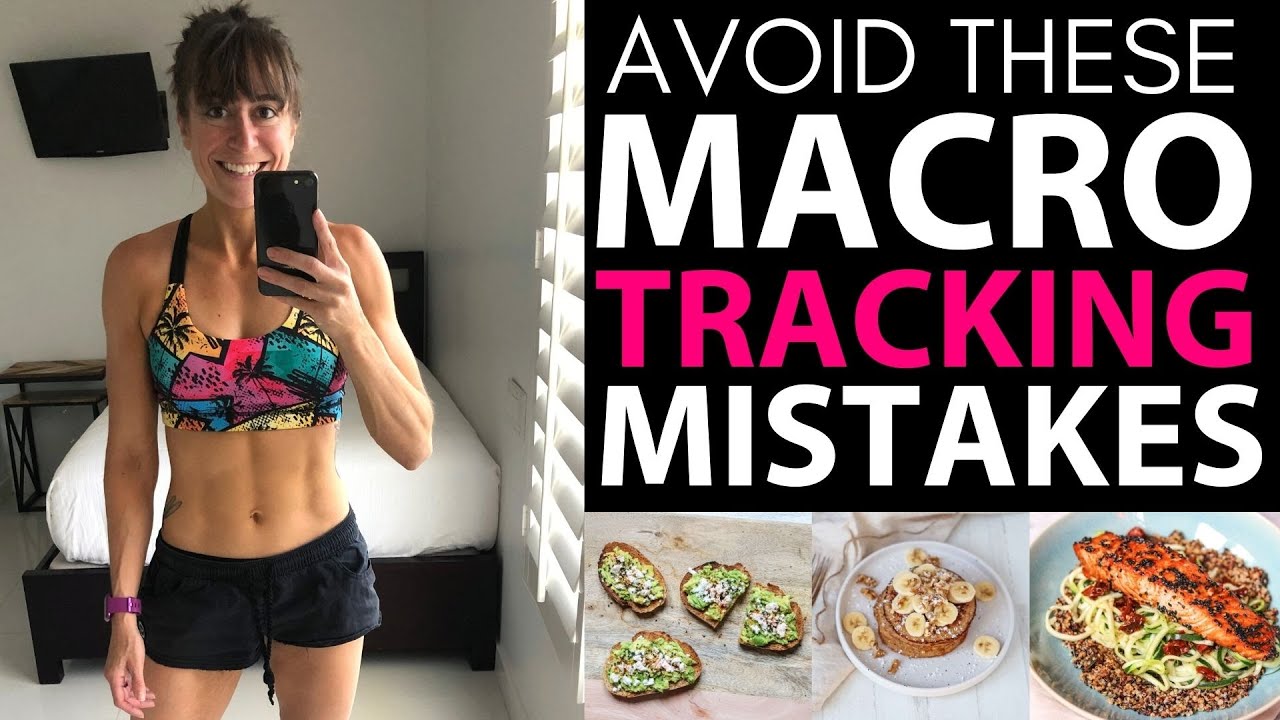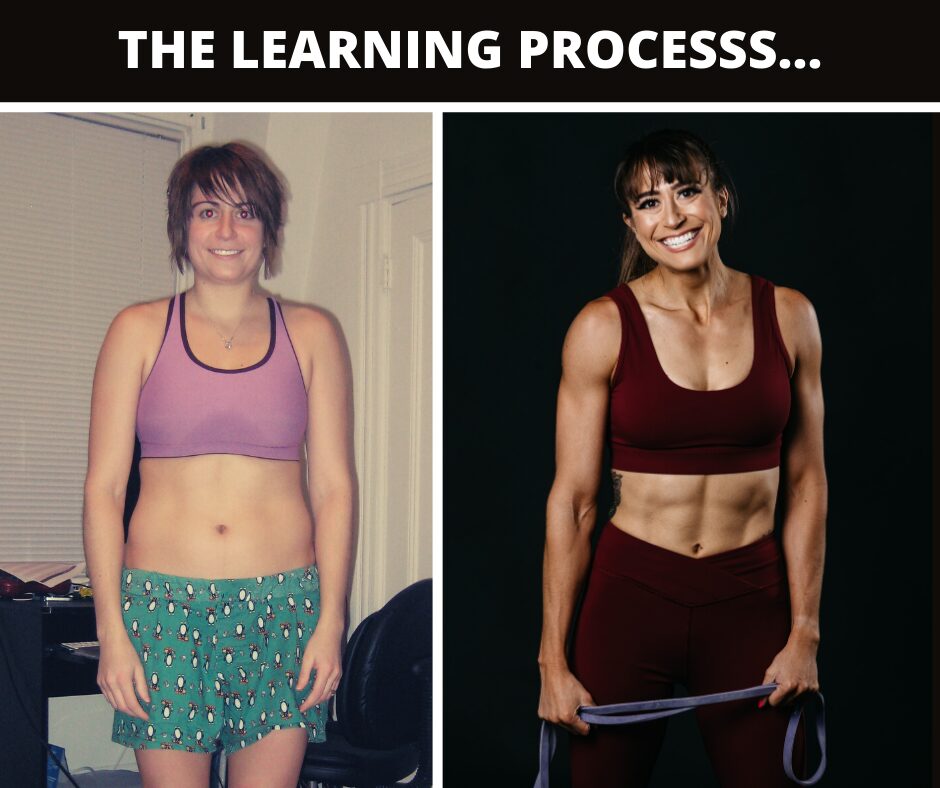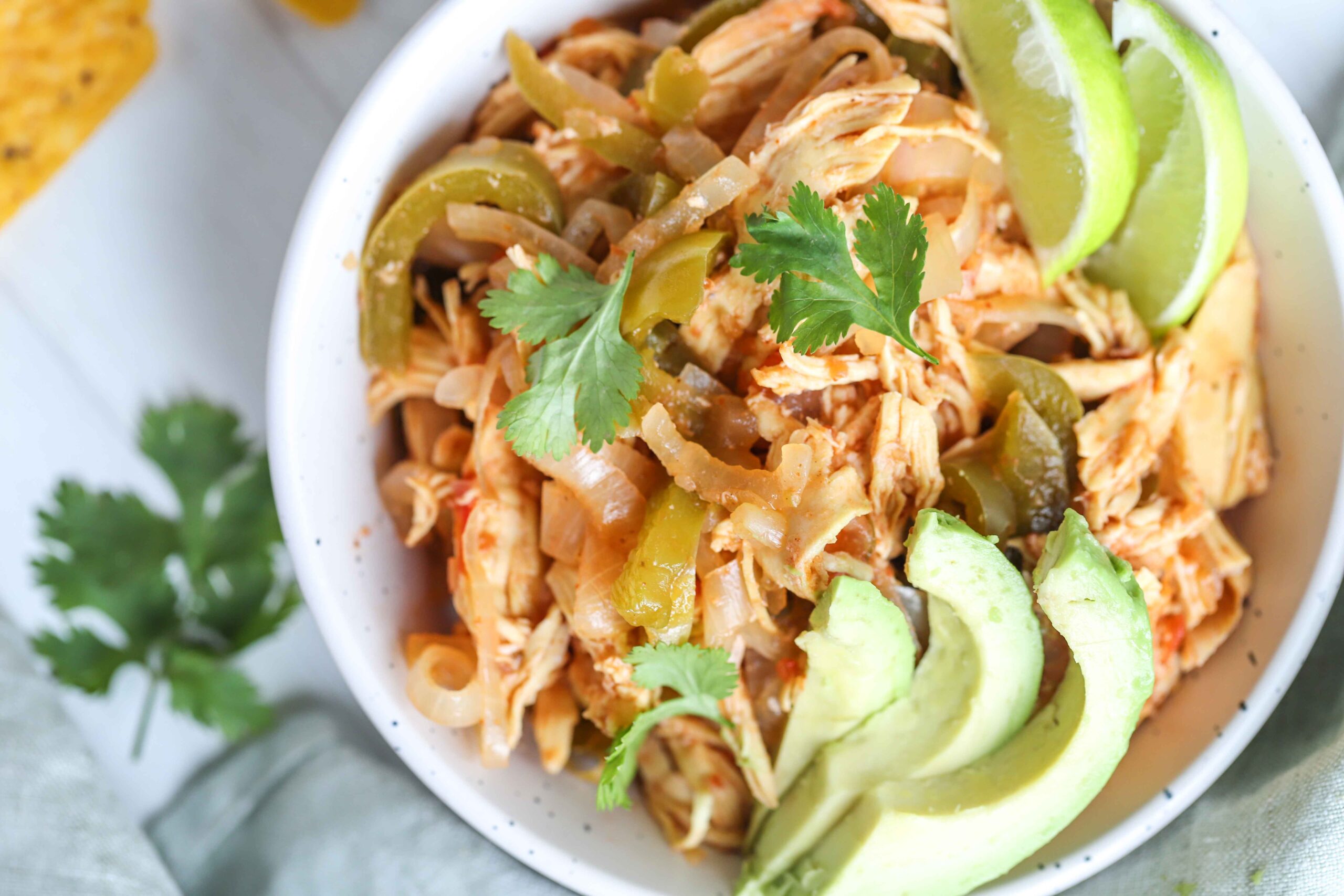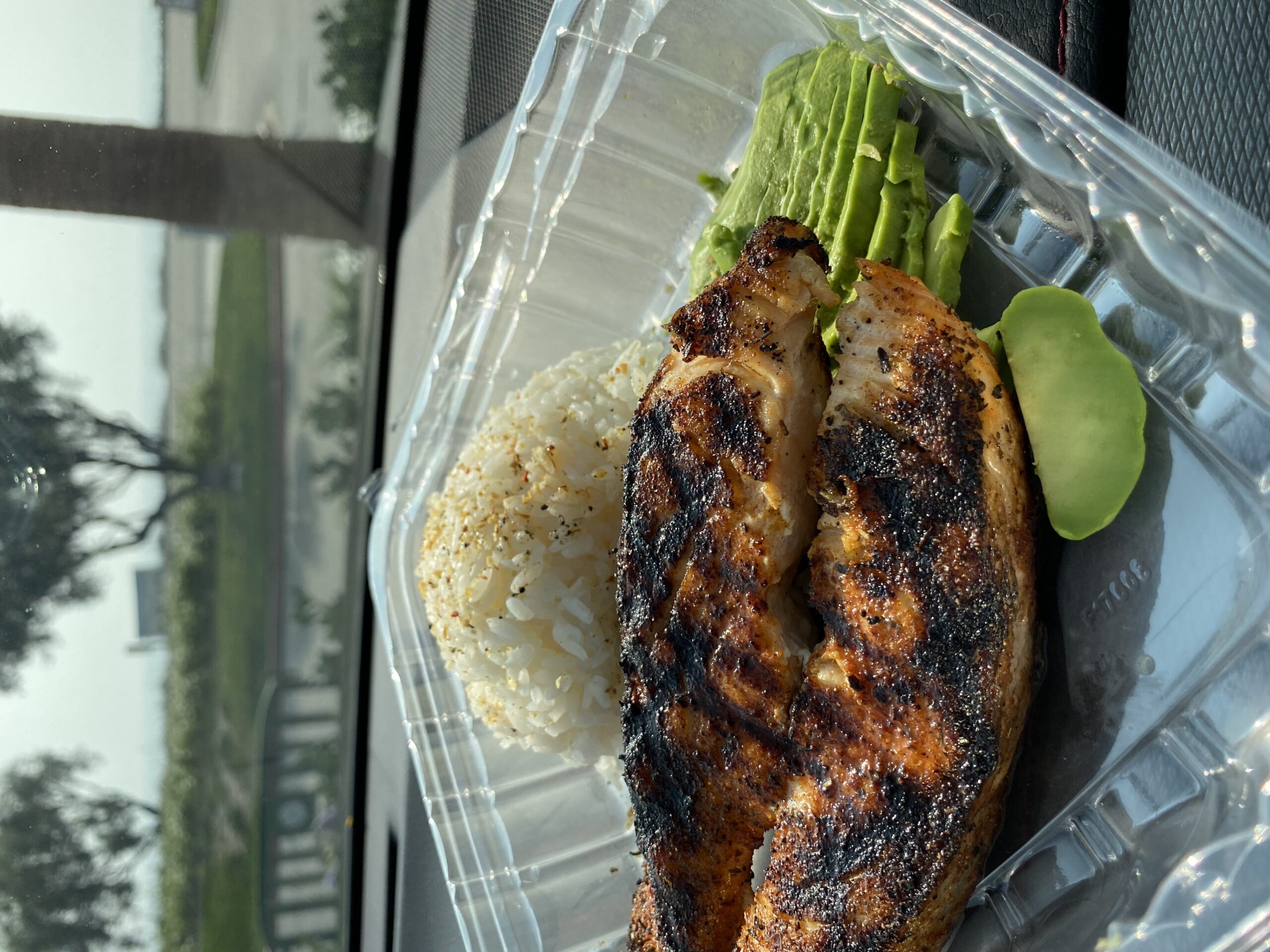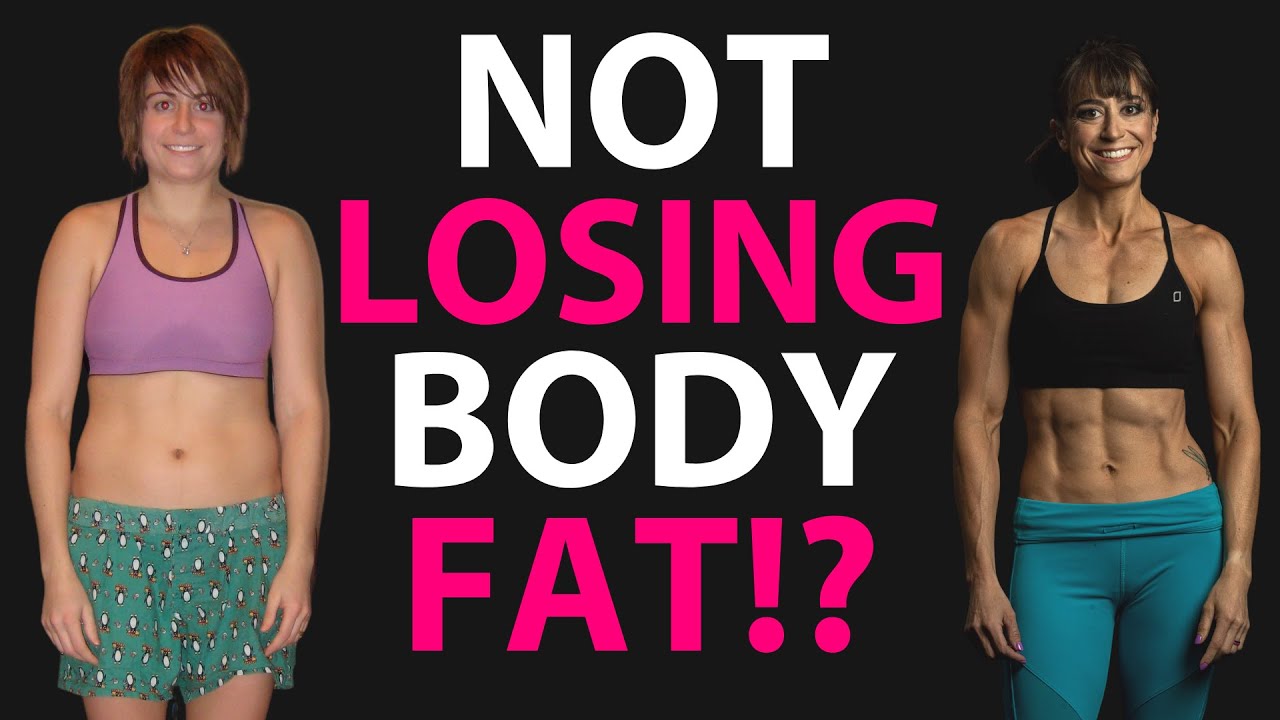
Can’t LOSE Fat? Try These 2 Tips
Trying to lose weight as quickly as possible on the scale is a completely different focus than fat loss.
And often the faster we strive to see weight loss, the more we really don’t control for fat loss nor optimize our body recomposition.
Actually the more we can negatively impact our body recomposition results!
Because often in our attempt to lose weight faster, we slash our calories super low and try to exercise more.
This results in, yes more weight being lost, but this weight is not only fat but also MUSCLE.
It can also cause us to create metabolic adaptations and hormonal changes that can make us look SOFTER, which is the opposite of what we want to happen.
And this is especially the case when we’re working to lose those last 5 to 10 pounds.
You simply can’t out diet or out exercise TIME.
And while, yes, calories in vs calories out matters, we can’t focus on purely trying to starve ourselves by slashing our calories super low or creating more of a deficit through our training.
Actually we need to stop focusing on our training as a way to burn calories at all.
And we need to stop purely focusing on our calorie intake if we want the best fat loss results possible.
These improper weight loss practices, and even at times extreme deprivation diets and overtraining, are what lead to that horrible yo-yo dieting cycle.
They lead to potentially rapid weight loss on the scale, but also that weight rebound.
Through these fad diets, we create unsustainable habits, thrown our bodies out of whack and often create metabolic adaptations that make it even harder to lose the weight the next time we attempt to.
So if you’ve ever thought to yourself, “My age just makes it so much harder?”
Or “It’s so much harder than it used to be to lose weight!”
Well that might have less to do with getting older, and more to do with the improper dieting practices you’ve implemented previously!
The great part is though, we CAN reverse much of the “damage” we’ve done.
We can retrain our body to eat more and lose fat while restoring our metabolic health.
But we have to stop looking for a fast fix.
Instead we sort of have to do the OPPOSITE of what we’ve been told to do…
We need to focus on these two key things…
1. Macros
2. Strength Training
And then we need to focus on something we can truly maintain long-term.
Because motivation and willpower are fleeting.
We need to use those times we are motivated to put in new healthy habits that are sustainable. Because through those routines and habits that don’t take as much willpower to implement, we will keep doing what we need to do to get results even on those days we aren’t as motivated.
We need to focus less on creating a calorie deficit and more on doing the things that keep our metabolic rate higher while learning to fuel in a way that leaves us feeling energized while needing to utilized stored energy aka fat to fuel.
And that means we need to focus on macros and strength training.
So why are these two things so key?
First let’s talk about MACROS…
Before you even adjust your calorie intake, I recommend you focus on your macronutrient ratios – what portion of your calories come from proteins, carbs and fats?
How you adjust your macros can impact your energy levels and your fat loss results without you even consciously adjusting your calories.
It can even impact the number of calories you feel you need to be fueled while creating a small deficit just because of the differing thermic effects of each macronutrient.
When we fuel properly too, we help prevent unnecessary metabolic adaptations and we keep our body running efficiently.
Not to mention we maintain our energy so we want to live the lifestyle we enjoy!
When first focusing on macros, start by adjusting your PROTEIN intake.
Honestly, if you want the best fat loss results, protein is the main thing that matters.
A review of studies, showed that really protein intake is what determined what ratio worked best for weight loss. Whether you went high fat or low fat, high carb or low carb, the ratio that always produced the best results was the one higher in protein.
And it’s because protein can keep you feeling full and fueled.
Not to mention the thermic effect can only further aid in fat loss without you needing to create any more of a technical calorie deficit.
Protein takes the most energy to digest with about 20-30% of the total calories in protein eaten going to digesting it while carbs take about 5-10% and fats take 0-3%.
Studies have shown protein to have a thermogenic effect 5 times greater than carbs or fat!
Basically you burn more calories to utilize protein than the other two macros!
Increasing your protein can also help you build and retain lean muscle mass even while in a deficit.
Studies have shown that a high protein diet is the only diet to help you do so. Not to mention it can even help you prevent gaining fat when in a calorie surplus!
It’s so key we do EVERYTHING we can to avoid muscle mass loss, not only to age well, but to keep our metabolic rate higher and avoid the metabolic adaptations we often see with extreme diets.
Retaining lean muscle mass will help you burn more calories at rest not to mention, muscle makes you look LEANER as you lose that fat!
And the cherry on top of all of this, and just another reason to focus on protein…
Consuming protein can increase levels of glucagon, a hormone in your body that can help control body fat.
When glucagon is released, the liver breaks down stored glycogen into glucose for the body to use.
It can also help liberate free fatty acids from fat tissues aka provide fuel for cells and make that body fat do something useful instead of hiding our six pack.
Ok so you’re sold on focusing on macros…now why should you focus on strength training over cardio?
We focus so much on the calories we burn from exercise and trying to create a deficit through our training.
Which can be great for beginners just starting out looking to make a lifestyle change who find moving more, or adding in some workouts, easier to start than looking at their diet.
Just by adding in more activity they will create a calorie deficit without changing their diet.
This focus on a calorie deficit is also why many people turn to cardio when they want to lose weight. It has a higher calorie burn per session.
But our bodies adapt over time, meaning we don’t burn as many calories from these sessions (no matter what your very inaccurate fitness tracker tells you). And unless you keep training longer and harder, which there is a limit to, you won’t be able to out train your diet long-term.
So you WILL inevitably need to make dietary changes. Sorry. Trust me I’ve tried out training your diet.
It never leads to lasting results and often leads to burnout and injury.
Also, endurance training can be catabolic to muscle tissue, especially if you aren’t very conscious of your fueling.
So while you may be burning a few more calories in your training sessions by doing cardio especially to start, you aren’t doing anything to raise your resting metabolic rate, which impacts the calories you burn throughout the day.
And your resting metabolic rate has way more potential to help you burn more calories on a daily basis long-term and create LASTING results and long-term fat loss maintenance.
Not to mention you may only perpetuate muscle loss, especially if you’re slashing your calories super low, which will result in worse body composition and potentially metabolic adaptations that make it harder and harder to lose weight as we get older.
And this is why strength training is so key.
Not only can you increase your resting metabolic rate by building muscle because muscle requires more energy to maintain than fat, BUT you also are going to be functional stronger, look leaner AND preserve that muscle mass more while in a deficit and trying to lose fat.
If you want to eat more, look leaner and prevent a lot of the adaptations we often associate with getting older?
You need to be focusing your training on STRENGTH TRAINING.
Now if you enjoy cardio, you don’t need to cut it out.
But just STOP focusing on workouts as purely about the calorie burn from that single session.
Stop focusing on trying to do more to leave yourself feeling slaughtered.
Stop trying to out train your diet.
And instead see your workouts as a chance to build the lean physique you’ll reveal by how you fuel.
Use your training sessions to build lean muscle to keep your metabolism humming and look leaner long-term. Use your sessions not for that quick fix, but to help you better maintain your fat loss long term.
SUMMARY:
I know it’s tempting to want to do MORE to get results faster, but we have to remember that often the faster we lose weight on the scale, the less we are truly focusing on that body recomposition.
As much as it stinks to hear, slow and steady wins the race.
Focus on just those two key things of MACROS and STRENGTH TRAINING and find a routine you can follow consistently if you want amazing body recomposition results!
If you’re ready to dial in your workouts AND your nutrition to achieve amazing results with a plan that is actually SUSTAINABLE, apply to my 1:1 Online Coaching below.

